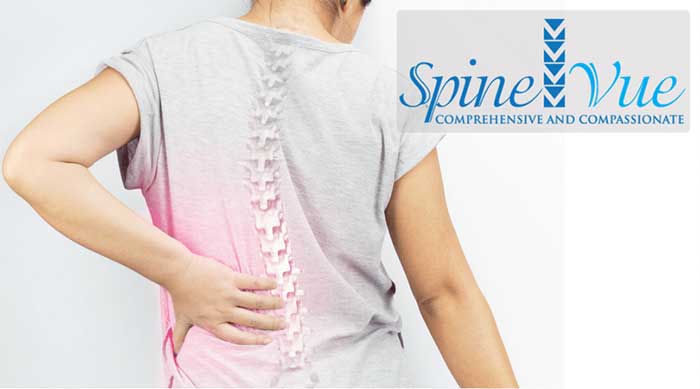How to Know if You Have Scoliosis

How to Know if You Have Scoliosis
In an effort to increase awareness of Scoliosis, June has been declared the National Scoliosis Awareness Month in the US and June 24th is International Scoliosis Day. The goal of raising awareness is to bring this condition to the forefront and help people recognize the signs and symptoms. Early detection can help lessen the severity of Scoliosis, as several forms of treatment are available to reduce the potential for surgery. If found soon enough, exercises can be prescribed to help retain the muscles in the back to hold the spine straight. Other options such as bracing and surgery are necessary if the condition is not detected early. The first step is to find out how to know if you have scoliosis with proper techniques you can do from home.
Scoliosis is a condition of the spine that causes it to be curved instead of straight. Over 7 million people in the United States have Scoliosis, but fewer than half of the states require screening in schools, so most children are not diagnosed until the spinal curve has progressed. This condition tends to worsen as a child reaches adulthood, so the earlier treatment begins, the better.
Parents can help identify early signs of Scoliosis by performing at-home tests and knowing the risk factors.
- Most often occurs in children age 8 to 14
- Girls are 8 times most likely to be afflicted than boys
- Occurs more often in thin, lanky children
- Family history of scoliosis, whether it be a parent or sibling
How to Know if You or Your Child Have Scoliosis
There are standard screening techniques that you can use at home. Here are tips on how to know if your child (or you) may have Scoliosis:
1) Do a forward bend – have the child stand with arms extended, palms together. Have her bend at the waist, as if leaning to touch her toes. Check her back for any type of asymmetry from both sides, as well as from the back and the front.
What to look for: Is one side of the rib cage lower than the other, are the hips or the lower back uneven?
2) Stand up straight – Watch your child for alterations in their posture because when the spine is curved, the entire body is thrown out of alignment. Are the shoulders the same height or is one shoulder lower than the other? Does one arm hang farther from the body, or are the shoulder blades uneven? Is there a visible rounding to the back when looking at the child from the side?
3) Clothing check – Often a teacher or parent will notice how a child’s clothes hang before they notice the body asymmetry, which can sometimes be imperceptible. This is one of the major tell-tale signs of Scoliosis. Is the hem of her skirt uneven? Does one of his pant legs hang longer than the other, or is a shirt sleeve shorter than the other? Does a jacket slip or hang off one shoulder more than the other?
4) Ears and eyes – Check the ear and eye symmetry. Are the eye lines even, does his nose align with the hip center, or when looking from the side, are his ears in front of or behind his shoulder?
5) Walk – Scoliosis can cause a limp when walking. Check your child’s gait to see if there is a tilt to one side, a limp or lurch, or if one leg is longer.
Knowing Your Child is Your Best Preventative to Recognizing the Symptoms Early.
Talking to a specialist, like Dr. Jones-Quaidoo at Spine Vue, about any concerns and proper evaluation of Scoliosis is your best option if you suspect an abnormal curve of the spine. Spinevue can help with the treatment of Scoliosis. The first line of early treatment is bracing; a back brace will be customized to the specific curvature of the patient’s spine and will retain the curve during the growth years. If required, spinal fusion surgery can be performed, which will prevent further curvature.
If you think that you or your loved one may have Scoliosis, contact Spinevue today for a consultation to properly diagnose your condition and review your options.
